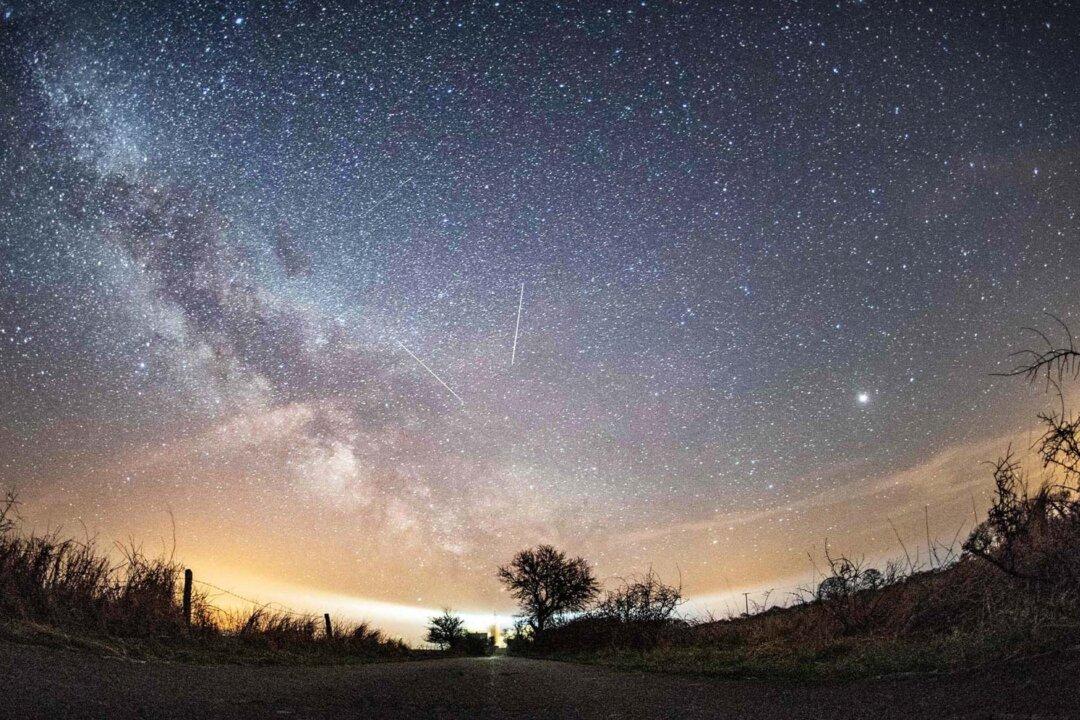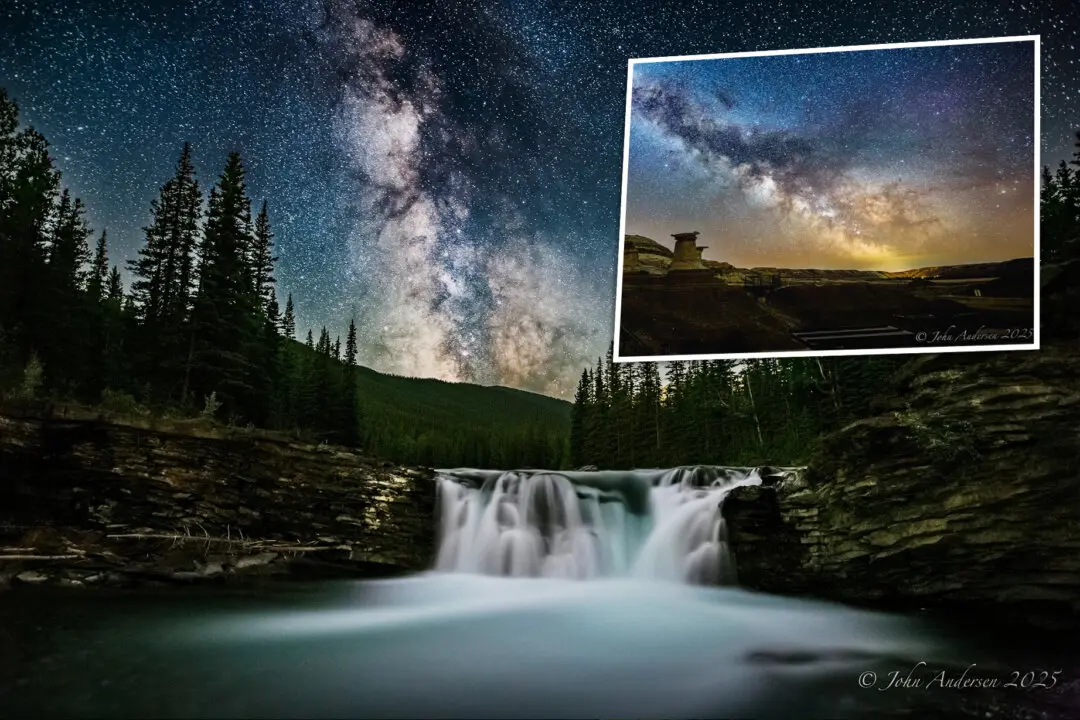Space is littered with cosmic clutter, leaving hardly a clear path for Earth as it orbits the sun. When we pass through this cosmic debris, frozen gas and space dust, it often falls and burns up in our atmosphere resulting in streaks of light—sometimes even spectacular fireballs—known as meteors.
Each year, between the period of January through mid-April, Earth enters a meteor “drought,” when this space debris becomes scant. But come mid-April, a meteor shower known as the Lyrids snaps that dry spell as Earth enters the debris trail left by Comet Thatcher. The resulting yearly light show that rains down upon Earth gives new meaning to the term “April showers.”






